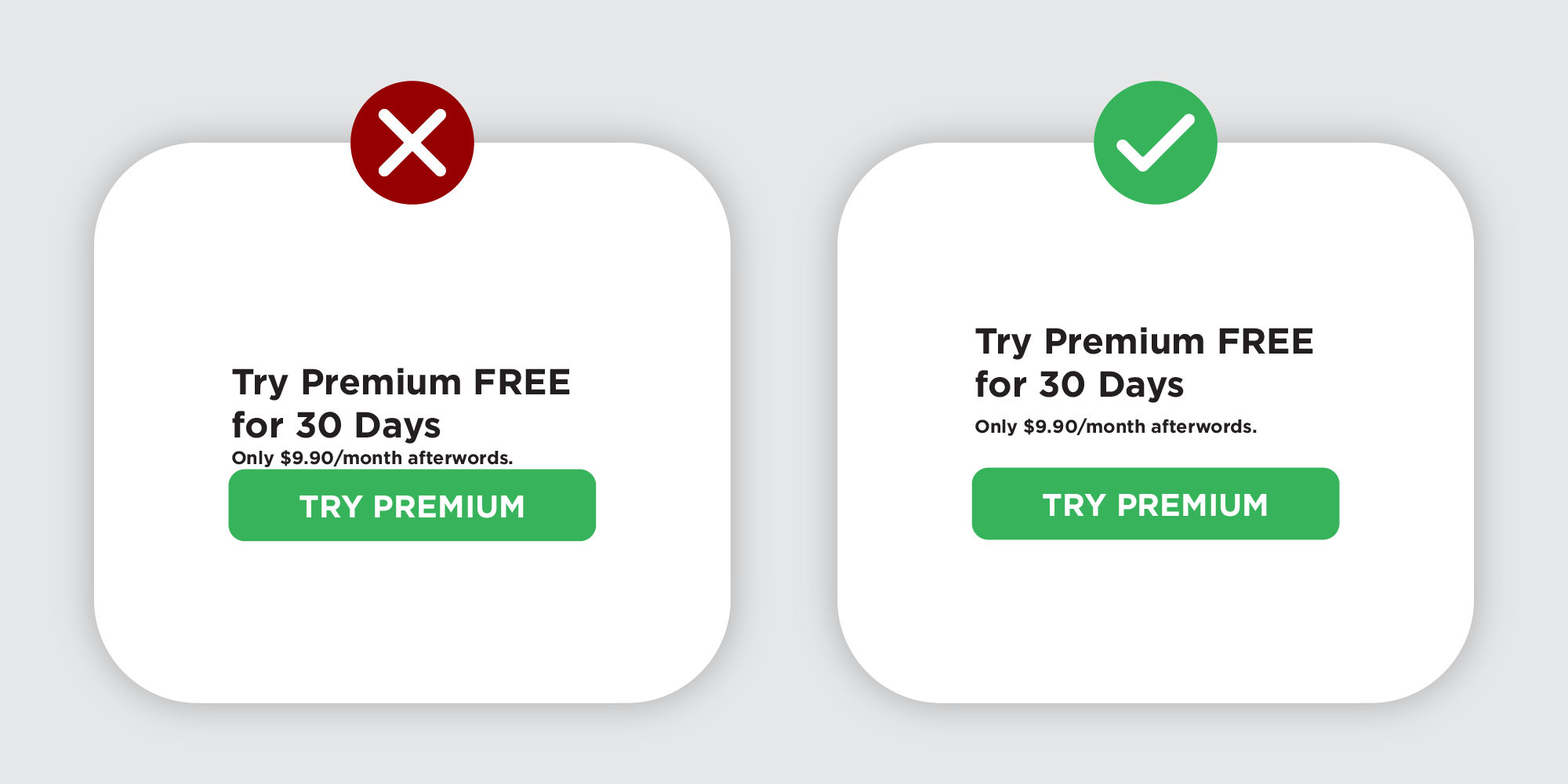
Mastering Google's Core Web Vitals: A Comprehensive Guide for SEO Success
Author
RHAD Agency
Published
May 25, 2023
The online business landscape is characterised by fierce competition, making it vital for businesses to keep abreast of the latest trends and advancements in Search Engine Optimisation (SEO) to maintain a competitive advantage.
One critical aspect influencing your SEO success is your website's performance, particularly its speed, site load speed, and overall user interface.
This guide will walk you through mastering Google's Core Web Vitals – a collection of consumer-oriented metrics that significantly impact your website's search engine ranking and user retention.
Web Performance Optimisation: The Basis of Exceptional User Experience
Web Performance Optimisation (WPO) involves enhancing website speed and responsiveness, ensuring users have a seamless experience when interacting with the site.
A fast, well-optimised website leads to improved user interaction, higher conversion rates, and better search engine rankings.
In recent years, Google has strongly emphasised user interface as a crucial ranking factor, making WPO an indispensable component of any SEO strategy.

Source: iStock
Loading Time and Page Speed: Essential Factors for SEO Success
A website's speed is a crucial performance indicator influencing its search optimization success.
Slow-loading pages can increase bounce rates and lower user engagement, hurting your search engine rankings.
Consequently, it is vital to continuously monitor and optimise your website's speed to ensure a smooth user experience and maximise your online visibility.
Understanding Core Web Vitals
Google introduced Core Web Vitals in 2020 as a set of three performance metrics that measure the quality of a user's experience when interacting with a web page.
These metrics are:
- Largest Contentful Paint (LCP): This metric measures the time it takes for the most prominent content element on the page (e.g., an image or text block) to become visible in the viewport. A good LCP score is considered to be under 2.5 seconds.
- First Input Delay (FID): FID measures the time it takes for a user to interact with a page (e.g., clicking a button or typing into an input field) after it has finished loading. A good FID score is considered to be under 100 milliseconds.
- Cumulative Layout Shift (CLS): CLS measures the visual stability of a page, quantifying the amount of unexpected layout shifting that occurs while the page is loading. A good CLS score is considered to be under 0.1.
These three Core Web Vitals are benchmarked for website performance and are factored into Google's search engine ranking algorithm, making them crucial for search optimization success.

Source: Webpagetest
Mobile-Friendly Design: A Pillar of User Engagement
With a significant portion of internet traffic now originating from mobile devices, ensuring that your website is optimised for mobile users is more important than ever.
A mobile-friendly, responsive design can significantly improve user interaction and search engine rankings.
Adopting a mobile-first approach when designing and optimising your website is essential to maximise your search optimisation success.

Source: Final Site
Website Optimisation: The Road to Better Performance Indicators
You must implement various website optimisation techniques to achieve high scores in Core Web Vitals and improve your website's overall performance.
These can include:
- Minimising HTTP requests: Reducing the number of requests your site makes can help speed up site load speed. This can be done by combining CSS and JavaScript files, using CSS sprites, and eliminating unnecessary resources.
- Enabling compression and browser caching: By compressing files and enabling browser caching, you can reduce the amount of data that needs to be transferred, resulting in faster page load times.
- Optimising images and multimedia content: Optimising images by compressing them, using appropriate file formats, and utilising responsive images can significantly decrease page load times. Similarly, compressing and optimising multimedia content, such as videos and audio files, can also help improve performance.
- Minifying and bundling CSS and JavaScript files: Removing unnecessary whitespace, comments, and characters from your CSS and JavaScript files can help reduce their size, resulting in faster load times. Bundling multiple files into one can also minimise HTTP requests.
- Implementing lazy-loading techniques: Lazy loading delays the loading of off-screen content until the user scrolls to it, reducing the initial load time of the page.
Following these SEO best practices can substantially enhance your website's speed, responsiveness, and user interface, improving performance indicators and higher search engine rankings.
Technical SEO: A Vital Component of Search Engine Optimisation
While the content and user interface are undoubtedly crucial for search optimization success, the importance of technical SEO cannot be overstated.
Search engine optimization focuses on optimising your website's underlying code and structure, ensuring that search engine crawlers can easily access, crawl, and index your content.
Some critical elements to consider include the following:
- Implementing a clear and logical site structure with a comprehensive XML sitemap: A well-organised site structure makes it easier for users and search engine crawlers to navigate your website. An XML sitemap further aids crawlers in discovering and indexing your content.
- Ensuring proper use of header tags and meta tags: Properly utilising header tags (H1, H2, etc.) and meta tags (title, description) helps search engines understand the structure and content of your pages, improving their indexing and ranking.
- Optimising URLs for readability and keyword usage: Descriptive, keyword-rich URLs that are easy to read can help both users and search engines understand the content of your pages.
- Fixing broken links and redirect issues: Broken links can lead to a poor user interface and hinder search engine crawling. Identifying and fixing broken links, as well as implementing proper redirects, can improve both user interface and SEO performance.
- Utilising schema markup to enhance your site's visibility in search engine results: Schema markup is a form of structured data that helps search engines understand and display your content more effectively in search results, potentially increasing your click-through rates.
Addressing these factors can improve your website's overall search engine performance and ranking potential.
User-Centric Metrics: The Key to Website Ranking Factors
Core Web Vitals are part of a broader shift in the SEO landscape towards consumer-oriented metrics.
These metrics prioritise user interface over traditional ranking factors such as keyword density and backlink profiles.
As search engines evolve, businesses must adapt their SEO strategies accordingly, focusing on user satisfaction and engagement as the primary drivers of success.
User Retention and Conversion Rate Optimisation
Improving your website's performance helps boost your search engine rankings and leads to increased user loyalty and higher conversion rates.
A fast, well-optimised site with a seamless user interface is more likely to keep visitors engaged, encouraging them to explore your content and complete desired actions such as purchasing or signing up for a newsletter.
By focusing on performance optimization and user interface, you can significantly enhance your website's ability to convert visitors into customers.
In addition to the strategies above, consider implementing the following tactics further to optimise your website for user loyalty and conversion:
- Create compelling and engaging content that provides value to your audience.
- Implement clear calls-to-action (CTAs) that guide users towards desired actions.
- Test different layouts, designs, and copies to identify the most effective combinations for conversion.
- Utilise personalisation and segmentation techniques to deliver more relevant content to different user segments.

Source: Admiral Digital
Conclusion
Mastering Core Web Vitals is essential to modern search optimization success.
By prioritising web optimisation, user interface, and SEO, you can improve your website's performance metrics, boost its search engine rankings, and, ultimately, achieve higher levels of user interaction and conversion.
This comprehensive guide provides a solid foundation for understanding and optimising your website's performance in line with Core Web Vitals, setting you on the path to online success.
To recap, the key takeaways from this guide include:
- Focus on web optimization as a critical aspect of your SEO strategy.
- Regularly monitor and improve your website's loading time and page speed.
- Understand and optimise your site for Core Web Vitals (LCP, FID, and CLS).
- Implement a mobile-first approach and ensure your website is responsive.
- Optimise your website using a combination of technical and on-page SEO best practices.
- Emphasise user-centric metrics and prioritise user interface when making SEO decisions.
- Continuously work on improving user loyalty and conversion rate optimization.
By implementing the strategies and best practices outlined in this guide, you can ensure that your website is well-optimised for search engines and users, helping you achieve and maintain search optimisation success in the ever-evolving digital landscape.
Taking the First Step Towards Success with Us
Unlock your website's true potential with Rhad Agency!
Our team of online marketing experts will help you master Core Web Vitals, optimise your website's performance, and drive higher user interaction and conversions.
Reach out to us now and take the first step towards success!
RHAD Agency

